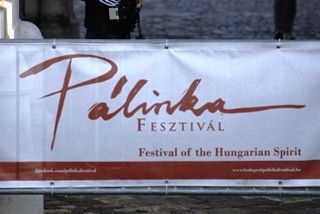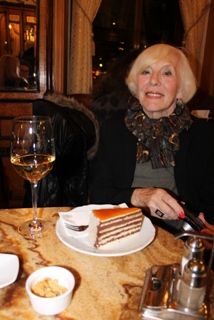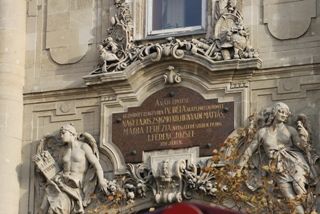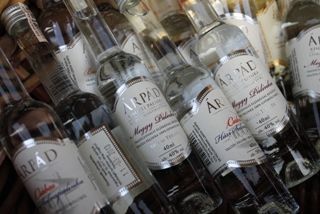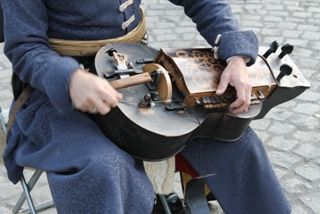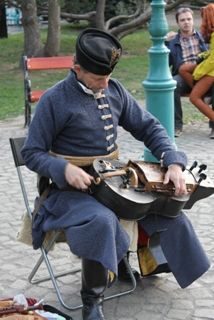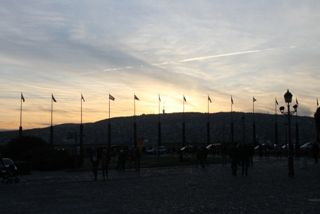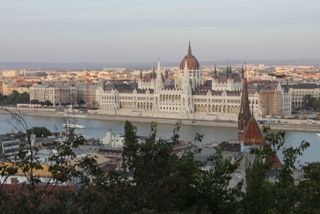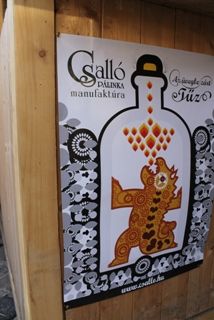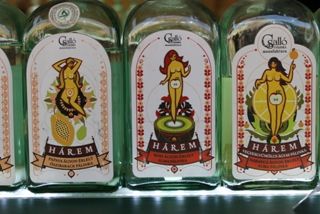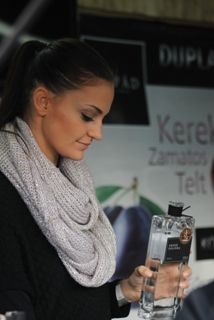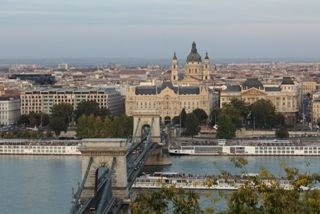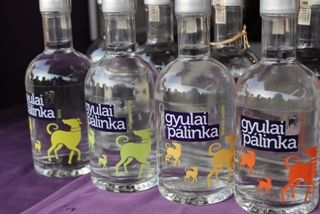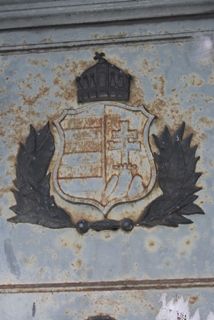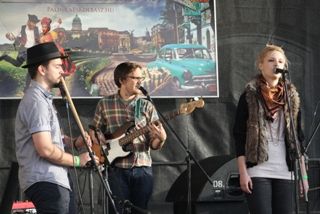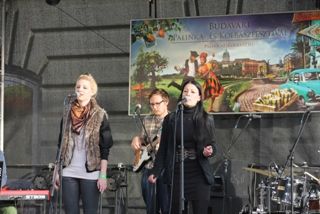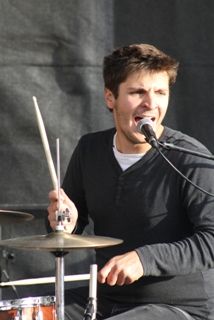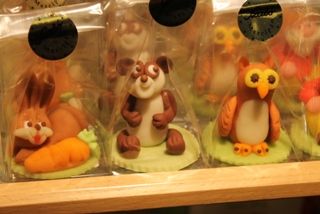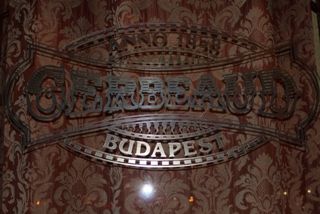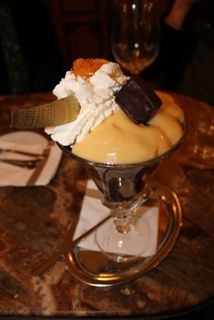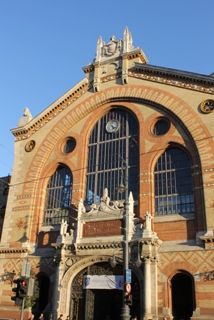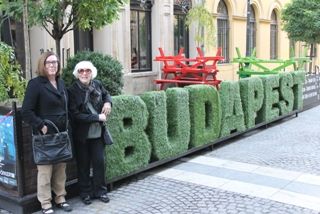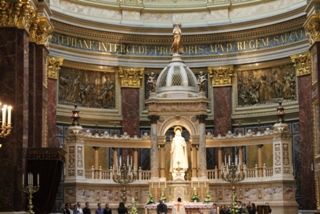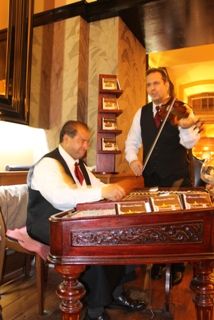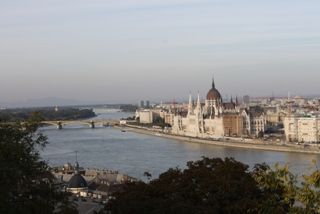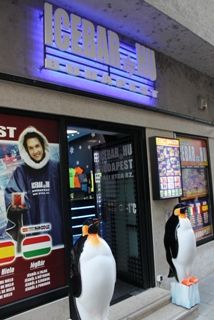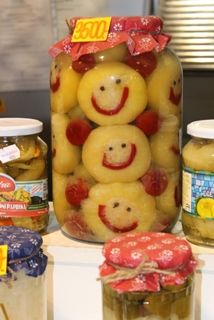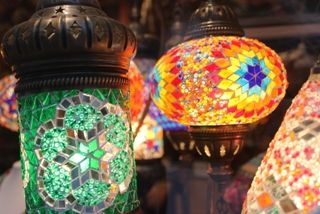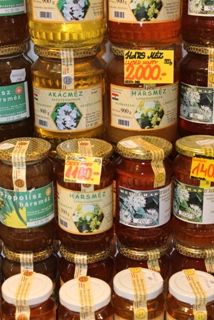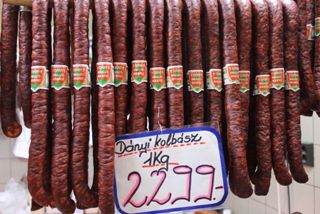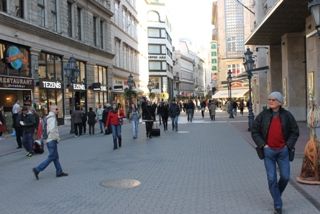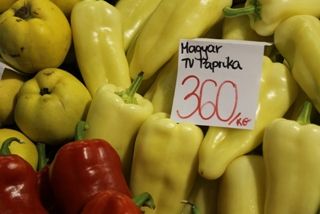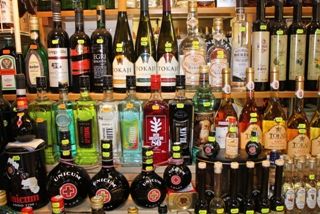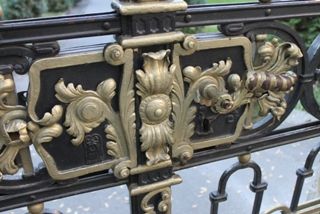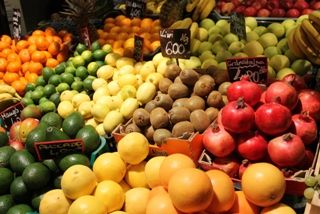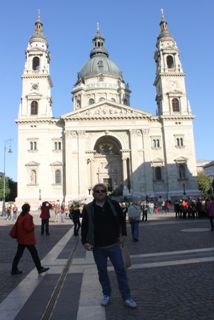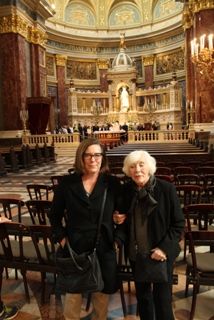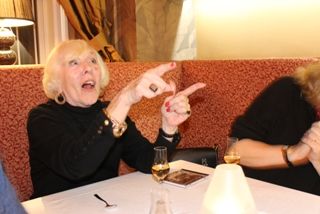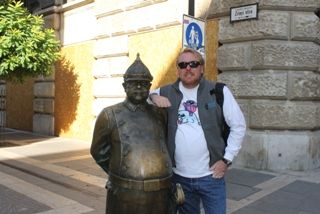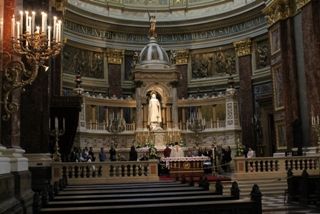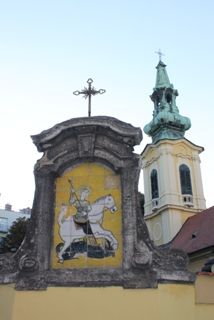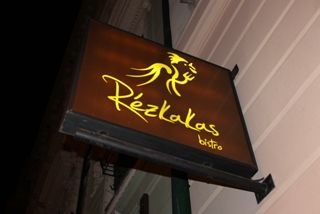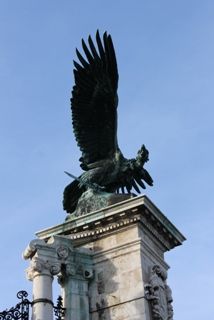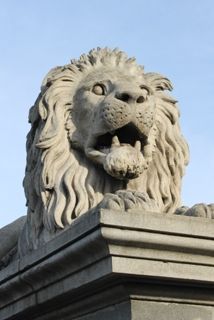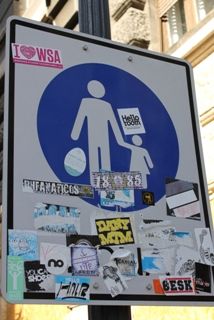Palinka Festival
October
6, 2013
Palinka
Festival
When
I travel, I like to keep very active and try and see as much as possible. I
tend not to rest a whole lot, Kathy likes to take some time to relax while
traveling and thus occasionally I end up going out on my own to explore while
Kathy relaxes. On this trip, one afternoon I had some time and decided to walk
from our hotel, across the Chain bridge and up the Castle Hill to spend some
more time exploring that area.
I
had no real destination in mind, just to check out the Castle District and Buda
Castle which is the historical home of Hungarian Kings dating back to its
construction in 1265. Of course it has been destroyed and rebuilt a number of
times, but remains an incredible example of much of Hungary’s history.
When
I finally made it to the top of the hill, I was pleasantly surprised to find
that the area around the castle was hosting an annual festival celebrating what
is probably the national drink of Hungary, Palinka. I have been to a number of beer festivals,
wine festivals and even a whiskey festival, but never to a Palinka Festival.
Actually it was a Palinka and Sausage festival as there was also a large
selection of traditional Hungarian sausage.
There
were probably 40 booths featuring manufacturers sampling the latest vintage palinka.
Palinka is a traditional fruit brandy in the countries of the Carpathian Basin,
known under several names, and invented in the Middle Ages. Only fruit spirits
distilled from a mash of ripe fruits produced in Hungary, mashed, distilled,
matured and bottled locally can be called palinka. Fruit spirits made from
concentrates, semi-dried or dried fruit cannot legally be called palinka.
There
was also a number of sausage stands which featured homemade products, such as Gyulai and Csabai kolbász sausage, which was
pretty damn tasty. In addition the festival welcomes an honored guest country
and their traditional drink and this year, Cuba was the country that was being
honored so there was an entire pavilion dedicated to Rum including the
wonderful Havana Club Rum, probably the best known Cuban Rum.
Palinka
is made from just about any type of fruit including apricot, plum, orange,
cherry and more and is strong, harsh at first but also delicious if made
correctly and most of these were top notch. There was also first class
entertainment as some of the top bands in Hungary performed at the festival.
The band that was playing while I was there was really good, sort of a
folk-rock ensemble called Zombori. I could not understand what they were
singing, but I still enjoyed the music. I have included a youtube video of them
so you can get an idea of their work.
Zombori
I
also managed to go to the Marzipan museum on castle hill, a small museum
dedicated to the sugary confection where some amazing marzipan works of art
could be seen and where I was able to buy some smaller examples of the tasty
treats. And speaking of tasty treats, after returning to the hotel, we took
Marta out to eat at the famous Gerbeaud. Gerbeaud has been a confectioner in
Budapest since 1858 and is one of the best and most famous coffeehouses in all
of Europe.

